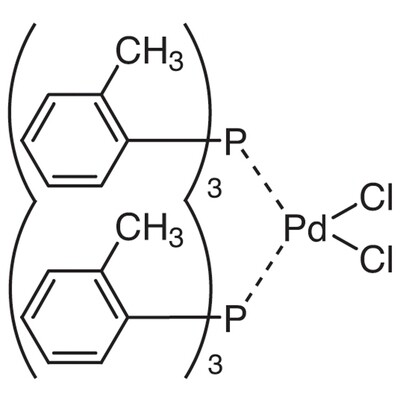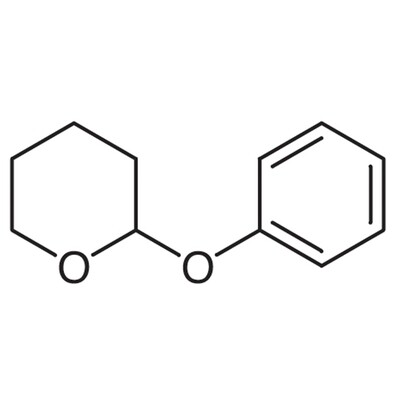Rhodium(III) chloride solution 2,5 g
SKU 902906-1
€ 374,22
In stock
1
Save this product for later
Rhodium(III) chloride solution 2,5 g
Product Details
CAS number: 10049-07-7
Cation: Ro
Packaging: 2,5 g
EAN: 8721028245939
Brand: Laboratoriumdiscounter
Rhodium(III) chloride solution is a highly sought-after chemical compound used in various industrial applications. With its unique properties and exceptional stability, this solution is widely utilized in catalysis, organic synthesis, and electroplating processes. Its distinct composition and effectiveness make it an indispensable component in the production of high-quality materials and products. Discover the immense potential of Rhodium(III) chloride solution and unlock new possibilities in your industry.
When working with Rhodium(III) chloride solution, it is important to follow safety precautions to ensure your well-being and prevent any accidents. Here are some short safety instructions to keep in mind: 1. Personal Protective Equipment (PPE): Always wear appropriate PPE, including gloves, safety goggles, and a lab coat or protective clothing. This will protect your skin, eyes, and clothing from potential contact with the solution. 2. Ventilation: Work in a well-ventilated area or under a fume hood to prevent the inhalation of any fumes or vapors that may be released during the handling of the solution. 3. Handling: Handle the Rhodium(III) chloride solution with care, avoiding any spills or splashes. Use a pipette or other appropriate equipment to transfer the solution, ensuring accuracy and minimizing the risk of exposure. 4. Storage: Store the solution in a properly labeled, tightly sealed container in a designated area. Keep it away from incompatible materials and sources of heat or ignition. 5. Emergency Procedures: Familiarize yourself with the location and proper use of safety equipment, such as eyewash stations and fire extinguishers. In case of accidental exposure or ingestion, seek immediate medical attention. 6. Disposal: Dispose of the Rhodium(III) chloride solution according to local regulations and guidelines. Do not pour it down the drain or dispose of it in regular waste bins. 7. Training: Ensure that you have received proper training and are familiar with the properties, hazards, and safe handling procedures associated with Rhodium(III) chloride solution before working with it. Remember, these instructions are a general guideline, and it is essential to consult the specific safety data sheet (SDS) and follow any additional safety measures recommended by the manufacturer or your institution.
Please note, not all safety data for this product is available on our website, for a complete list of P en H sentences and other safety instructions please request the MSDS at our customer service
You May Also Like

SODIUM PYRIDINE-4-SULFINATE, 95%, 100mg
SODIUM PYRIDINE-4-SULFINATE, 95%, 100mg
SKU F830117-100MG
€ 148,50

METHYL 6-BROMO-4-CHLORONICOTINATE, 95.0%, 10g
METHYL 6-BROMO-4-CHLORONICOTINATE, 95.0%, 10g
SKU F386527-10G
€ 1 038,40

2-(1H-Indol-5-yl)acetonitrile, 95.0%, 5g
2-(1H-Indol-5-yl)acetonitrile, 95.0%, 5g
SKU F225962-5G
€ 708,40

p-Bis(diethoxyphosphono)xylene, 95.0%, 25g
p-Bis(diethoxyphosphono)xylene, 95.0%, 25g
SKU F036948-25G
€ 22,00

2-Bromo-6-fluoroiodobenzene, 95.0%, 100g
2-Bromo-6-fluoroiodobenzene, 95.0%, 100g
SKU F061590-100G
€ 147,40
![1-Boc-2,3-dihydro-[1,4]oxazine, 98.0%, 1g 1-Boc-2,3-dihydro-[1,4]oxazine, 98.0%, 1g](https://d2j6dbq0eux0bg.cloudfront.net/images/88473019/4856944955.png)
1-Boc-2,3-dihydro-[1,4]oxazine, 98.0%, 1g
1-Boc-2,3-dihydro-[1,4]oxazine, 98.0%, 1g
SKU F061586-1G
€ 256,30

D-Mannopyranose, pentabenzoate, 97%, 100g
D-Mannopyranose, pentabenzoate, 97%, 100g
SKU F863967-100G
€ 170,50
Powered by Lightspeed
Display prices in:EUR



![[1,2,4]TRIAZOLO[1,5-A]PYRIDINE-7-CARBOXYLIC ACID, 95.0%, 5g [1,2,4]TRIAZOLO[1,5-A]PYRIDINE-7-CARBOXYLIC ACID, 95.0%, 5g](https://d2j6dbq0eux0bg.cloudfront.net/images/88473019/4856256684.png)


